Tracing back time: History of the Jukskei River and surrounds
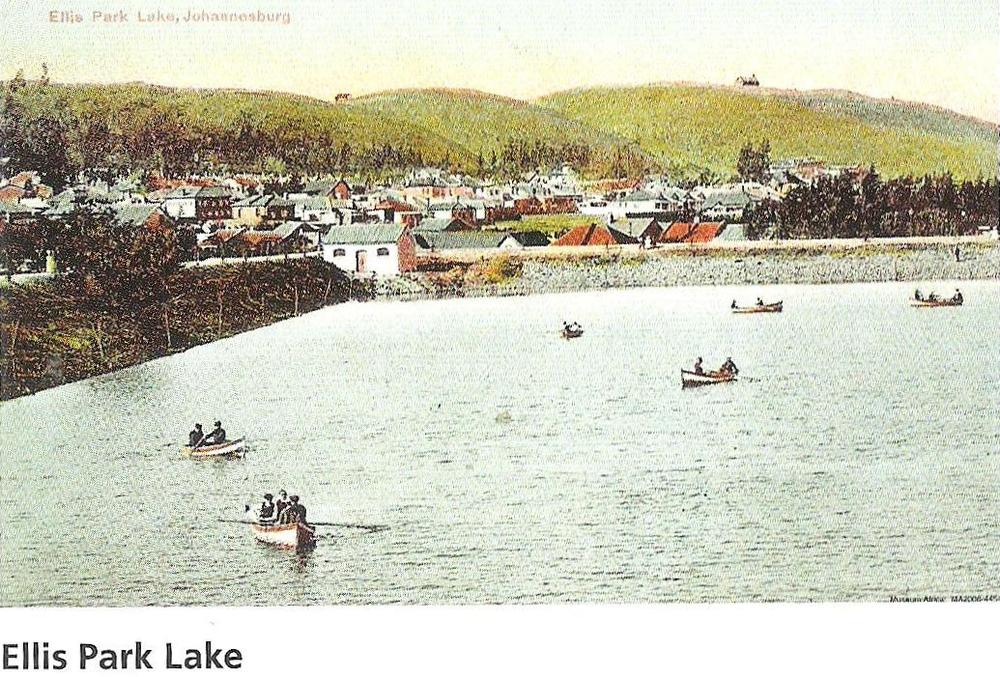
which was filled with the Jukskei's waters. Photo: Supplied
As with most things in Johannesburg, to understand the Jukskei River, you need to go back some two billion years to when a meteor struck near what is today Vredefort. The tremendous impact, most known for bringing vast amounts of gold to the surface, also surfaced the watershed beneath Johannesburg, and the porous rock beneath the city that holds large deposits of water. In places, including around Ellis Park Stadium, this water makes its way upwards, daylighting as a river. The exact location of the original source is unknown, though journalist Sean Christie’s entertaining investigations in Searching for the Soul of the Jukskei point to it being beneath the old Perskor building in Doornfontein. Regardless, today the Jukskei emerges into sunlight for the first time in the suburb of Bertrams, in the valley, just a few blocks from Victoria Yards and the Nando's Headquarters, Central Kitchen.
Tucked into the folds of two koppies are the rusting corrugated iron roofs of Lorentzville. Established in 1892, the suburb was initially home to small-plot farms for wealthy landowners. Since then, it has undergone a number of changes, going from a predominantly Jewish suburb to an area that attracted Joburg's Portuguese community. From the 1990s, it underwent rapid change, and now, after many of the original homeowners have long left, it is home to a wide mix of cultures and people.
It takes a village

We're in Lorentzville to find the river, trying to find some shelter from the icy chill in the wind. The sun does little to warm us as we stand huddled outside Victoria Yards in the Sustainable Urban Drainage pilot. Stander gestures at where a segment of the pavement has been cut, the raised walls creating a seating area around a young combretum erythrophyllum, more commonly known as a river bush willow. This simple yet effective intervention does more than provide much-needed public seating. By partially diverting the flow of water in Joburg’s notorious thunderstorms, these ‘eco tree seats’ also help slow the flow of rainwater and divert run-off, something that was a constant prior to the river gaining focused attention from Stander and her team. The idea is to roll out a developed network in key areas to prevent local flooding, refill aquifers (an underground layer of water-bearing material, consisting of permeable or fractured rock), save water where it falls, and reduce the heat island effect – showing the many benefits of green infrastructure. A seasonal deluge chokes the streets of this suburb, with the water flowing into the lowest parts of the valley.
Stander and Coetzee realised from the start that to make the changes needed, they had to enlist the surrounding community. The project has taken on different shapes over time, and as we walk, just about everyone on the streets of this suburb greets Stander with familiarity. Water for the Future, along with the Victoria Yards-based Maker's Valley, are slowly restoring a sense of place and belonging in these communities, which were fractured and neglected with the upheavals in the area post-Apartheid.
Promoting a green economy
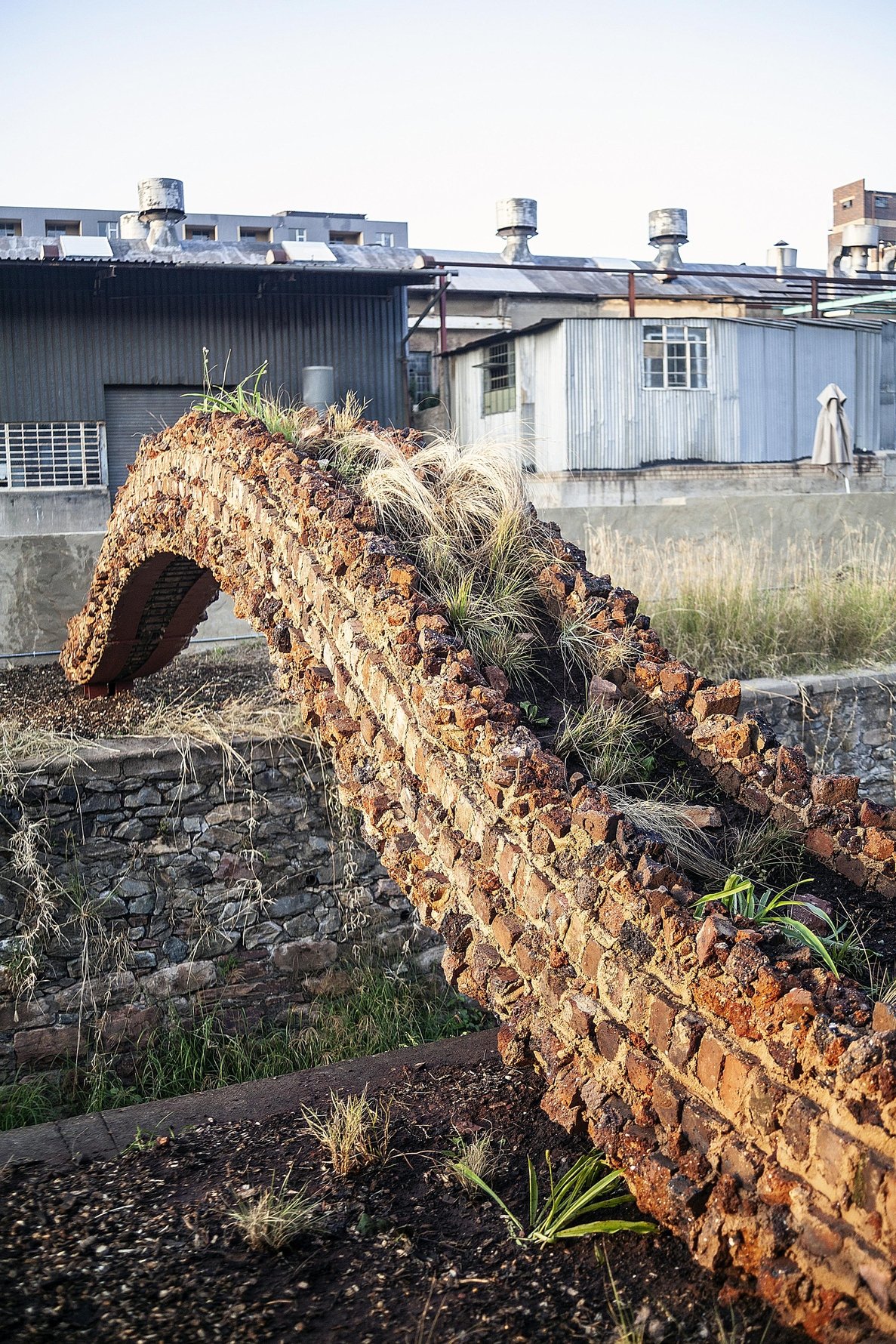
Established in 2017 with the goal of rehabilitating the Jukskei River and the surrounding communities, Water for the Future has three main focus areas: community, ecology, and economy.
The most interesting things in Joburg are often accidental, and the start of Water for the Future is indicative of this. Stander had been working on a Nando’s social outreach programme in Mozambique, and when Victoria Yards opened, built with the vision of 44 Stanley founder Brian Green, Nando’s co-founder, Robbie Brozin, suggested Stander see what she could do to help with its implementation. Stander laughs as she recalls her naivete when starting, “I was thinking, okay, I’m going to get my black bags and clean the river. In some ways, it’s lucky I didn’t know quite what I was getting into.”
Since then, it has been quite a process getting the NGO to where it is today, with more than a few black bags filled. After the Jukskei daylights, it winds its way east through Johannesburg until it joins the Crocodile River. With both the immense urban sprawl around it and part of the city’s sewerage system running alongside it, it has become bogged down with litter and is dangerously contaminated. In many of the older suburbs, storm drains and waterways feed into the Jukskei, bringing a deluge of the city’s debris in the summer months. While the Jukskei may not be the largest in width, it cuts through much of Joburg, with Water for the Future taking responsibility for it from Lorentzville to Bruma. And now, thanks to collaboration funded through the International Institute for Sustainable Development's SUNCASA project, into larger parts of the catchment. From here, it eventually makes its way to Alexandra, where it is notorious for flooding; Stander highlights the work of the Alexandra Water Warriors in transforming this stretch of the Jukskei.
Searching for a river's soul
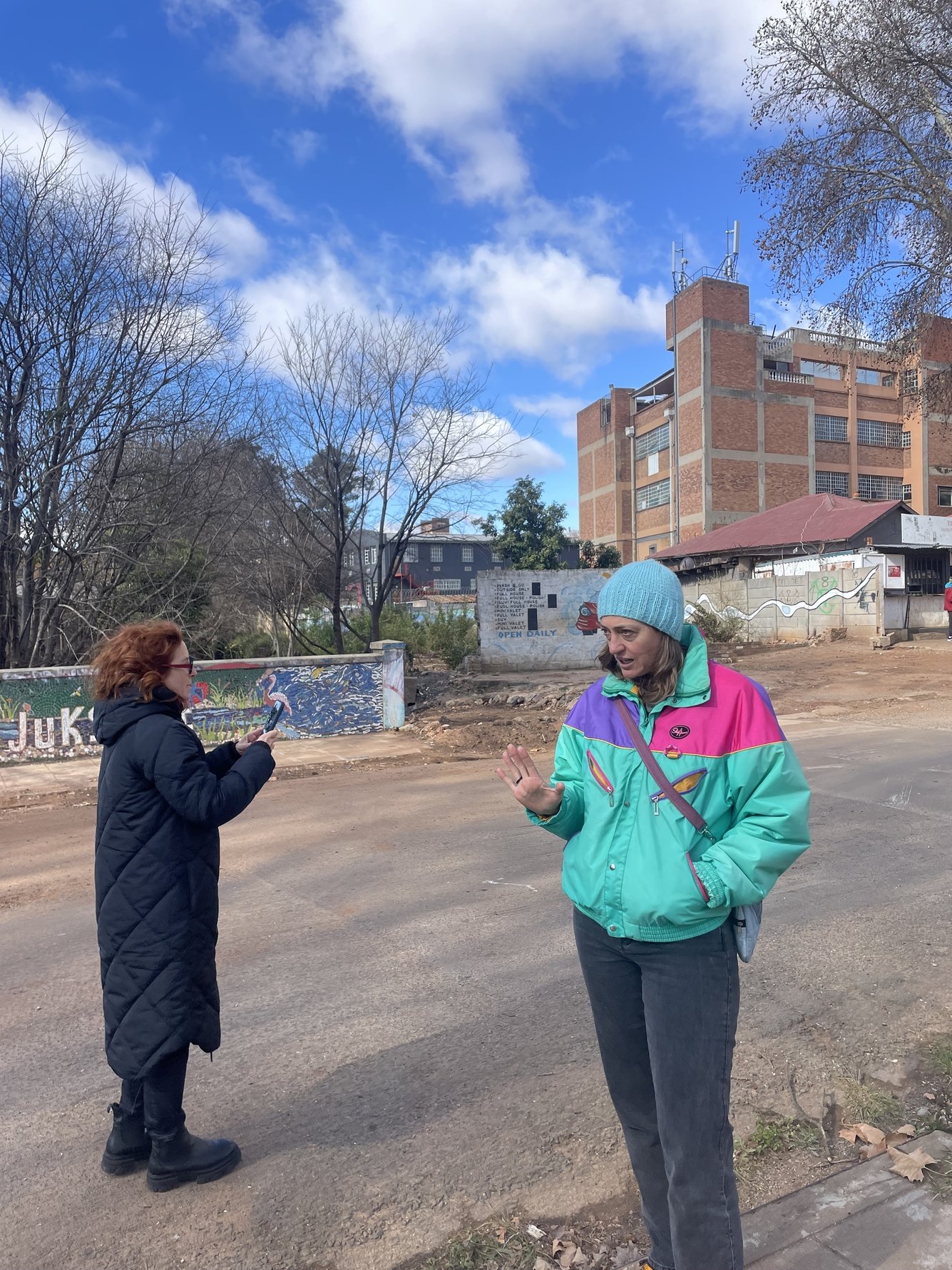
This started weekly meetings at Fairall’s retirement home where Fairall would sit in his wheelchair, it's armrest emblazoned with the "African bullfrog", written in Tip-ex. With whisky in hand, he would take Stander through the many stories of the Jukskei. A lifetime environmental activist, Fairall delayed the construction of the Gautrain in order to preserve the African bullfrog’s habitat, and so this new project was right up his alley.
They started looking into commissioning reports and getting experts involved, at which point Victoria Yards and Nando’s gave them seed funding to get their first environmental management plan off the ground. It is fitting that Nando’s should be a key supporter of Water for the Future, says Stander, as when the water from the Jukskei eventually reaches the ocean in Mozambique, connecting the philanthropy work Nando's does there – it’s near a village where one of the brand’s chilli farms is located. The connection to Mozambique begins with the peri-peri flavours, and from the start, Nando's has been committed to the people of Mozambique for that.
Branching out
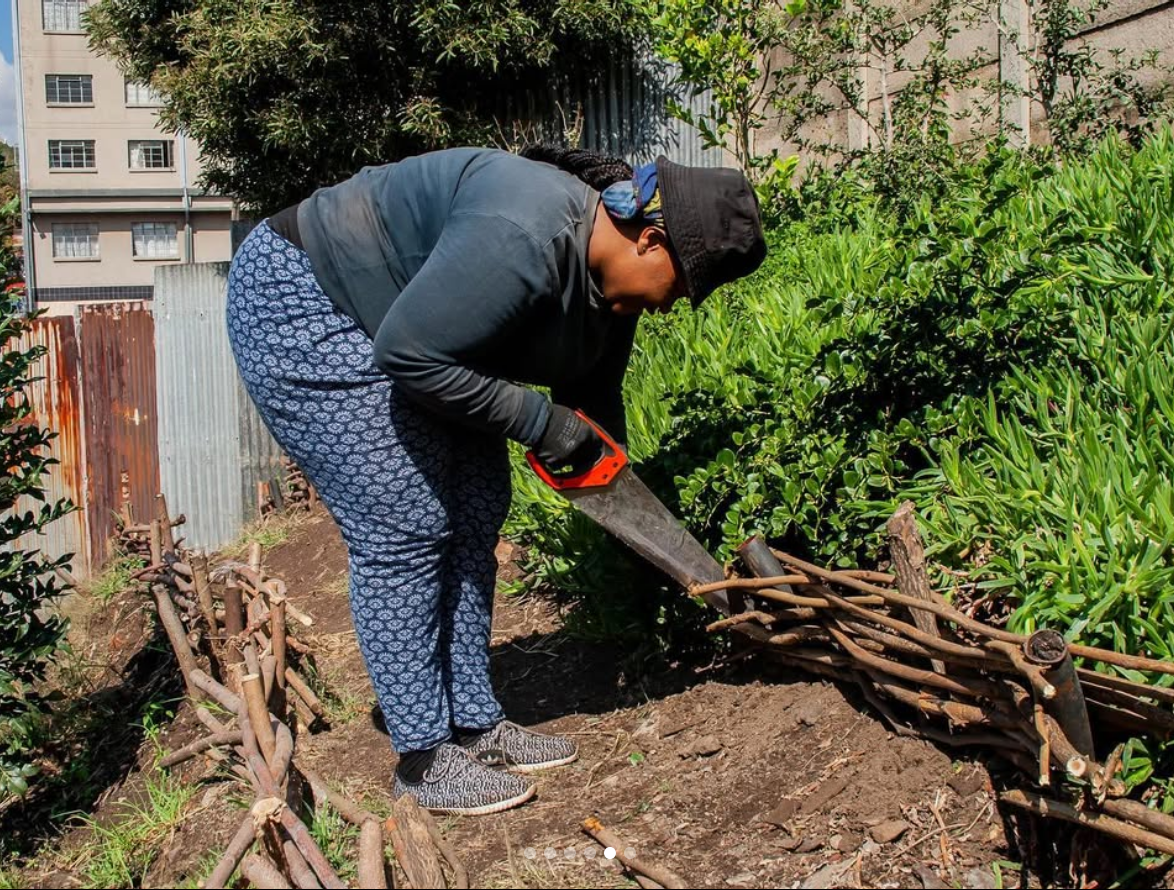
Photo: Water for the Future.
While Fairall passed away before seeing their work bear fruit, Stander asserts that without his help, Water for the Future would not have been possible. From there, Water for the Future began to forge additional relationships with government, universities, and other NGOs and community-based organisations. The University of Johannesburg came on board through Nickey van Rensburg and the Process, Energy & Environmental Technology Station. It was in 2020 that Water for the Future’s pilots and reports bore fruit with a grant from the Goethe Institute and the British Council. Now, Water for the Future could begin its community interventions in earnest.
These included their first walking tours with help from Dlala Nje, community clean-up initiatives and awareness-building, as well as assisting Maker’s Valley with the restoration of Fuller Park. What becomes clear is how, over time, and with monumental effort, these small-scale mediations begin to shift things. The constant dialogue with the community also means that the solutions are more suited to their needs, with Stander saying, “It hasn’t all been easy going. You know, we try something, make sure it’s bulletproof in the Johannesburg context, and then we know what we can do next.”
Streams of consciousness
The impact of the restoration project is particularly affirming to see. With children playing soccer on the futsal court and those on the swings stop to watch us as Stander tells us about the effects this has had. “The community wanted the jobs from this to stay in the community, and so 113 piece jobs were created. Since December 2022, thanks to Social Employment Fund in partnership with the Johannesburg Inner City Partnership (JICP), Water for the Future employs 110 people to clean and maintain the areas around the river and park. They do this twice a week, and it's amazing to see that money stay in the community.”Another example of Water for the Future's efforts to build community is their collaboration with Spaza Art Gallery. Together with members of the community, the gallery members mosaicked the bridge above where the Jukskei emerges. It is here that Stander tells us we’ll step off the road to walk along the canal.
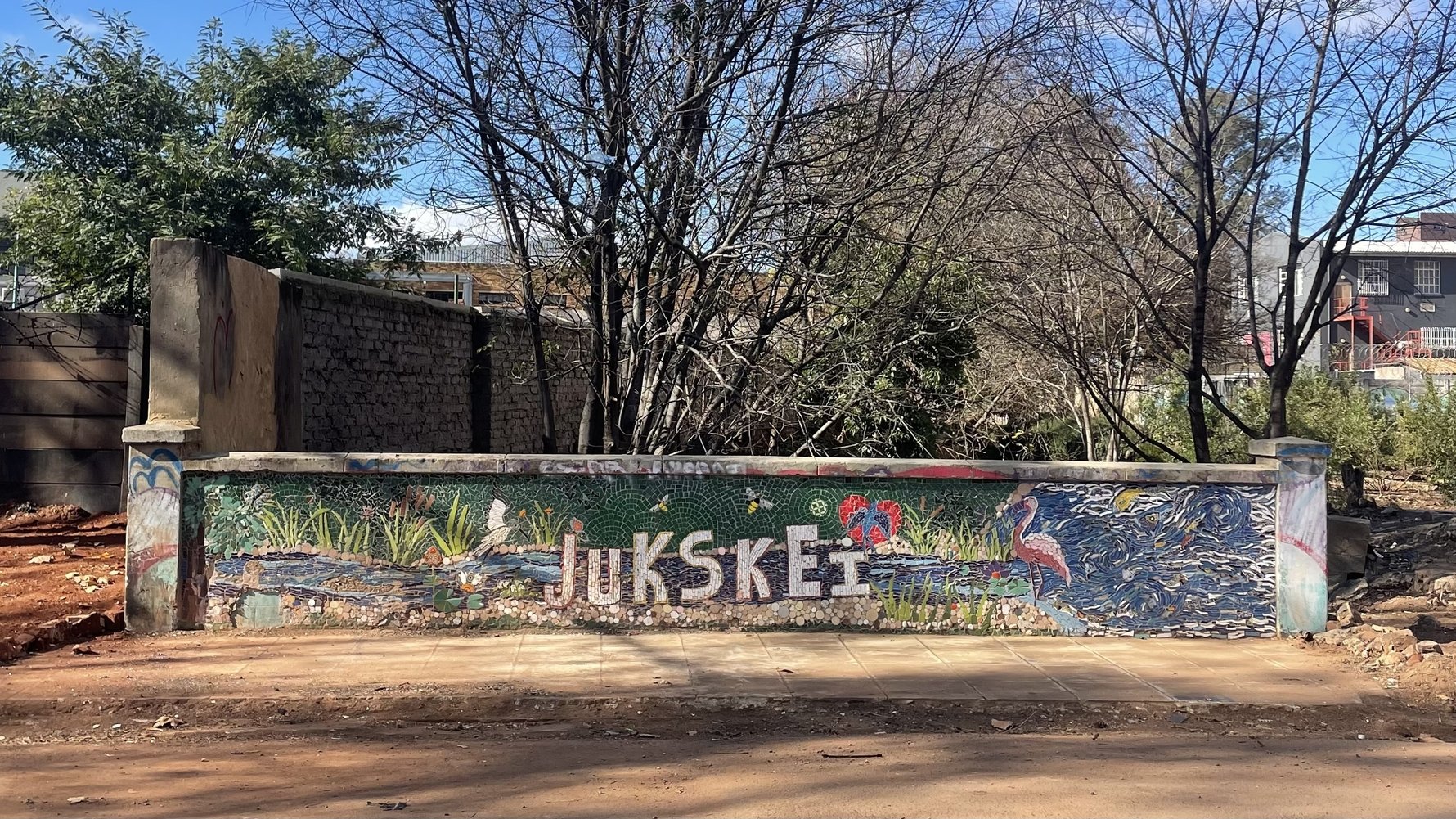
and the surrounding community. Photo: Johannesburg in Your Pocket.
“We cleared 27 skips of rubbish out of here,” Stander gestures at the reintroduced (almost extinct) Soweto Highveld grasslands in the wind. Bees and butterflies brave the cold, and there is a soft gurgle of water as the Jukskei emerges serenely in these dry months from beneath the bridge. Sunlight sparkles on the slicked walls of the canal, and across the bank, some invading Tree from Heaven trees are ring-barked. Stander tells us that these will be carved into
totems, as part of a community art project mentored by Zimbabwean artist, Ben Tuge, once the art proposal funding has been secured. We thread our way through the grass and along the canal. Dappled shade falls on the barbed wire-topped walls next to us as we follow the course of the water to Victoria Yards. Ibises sift through the river water like prospectors as we make it to our last stop, the small research station, which Water for the Future and the University of Johannesburg's Process, Energy & Environment Technology Station (PEETS) run.
For the first time, there is monitoring of the state of the Jukskei River and Water for the Future continues to expand its footprint along its banks. Aside from the aesthetic benefits of having a cleaner river, Water for the Future shows the immense potential nascent in the Jukskei. To offer livelihoods, public and green space, and to benefit the surrounding communities.
The river running through it
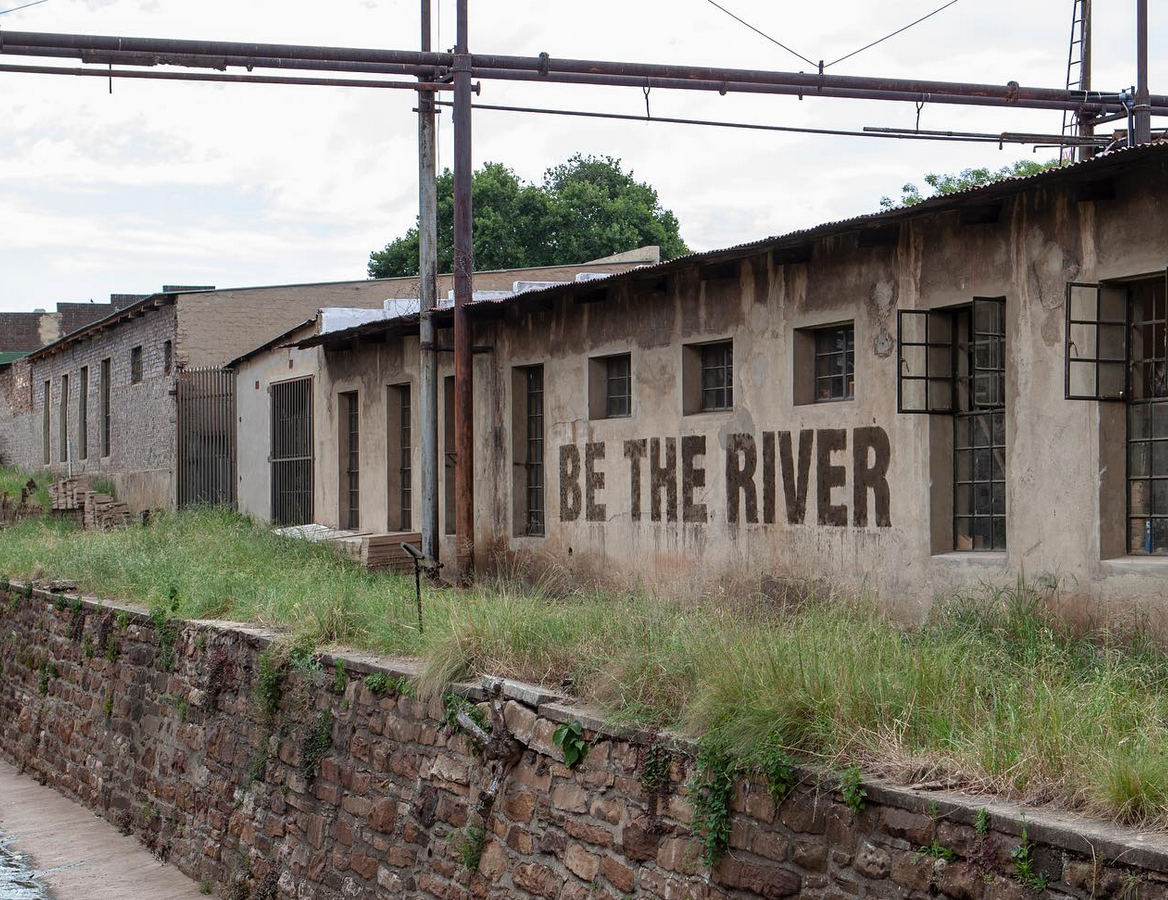
Mehita Iqani, South African Research Chair in Science Communication at Stellenbosch University, says that as the Jukskei makes its way to the Crocodile River, “the path of the river along its meandering route portrays the material conditions of diverse socio-economic layers of the city, as well as the complex social relationships that continue to define Johannesburg life.” Water for the Future’s work adds an additional layer to this as their partnerships with businesses, government, communities, artists and donors, show that while the issues inherent in restoring the Jukskei may seem intractable, the building of diverse and wide coalitions offers an avenue for ensuring the Jukskei is a benefit to all the communities around it.
One thing you'll often hear about Joburg is that it's a major world city without a waterway. A rare thing in this world. And yet, if you take the time to look, you'll soon realise that, like most things in Joburg that are worth pursuing, you have to seek hard to find them.
To find out more about Water for the Future and how you can get involved, head to their website.


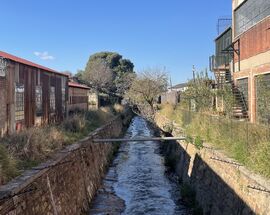
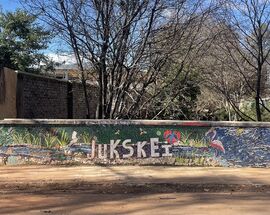
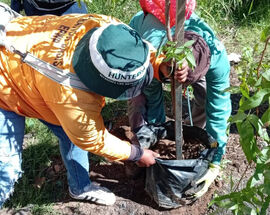


Comments